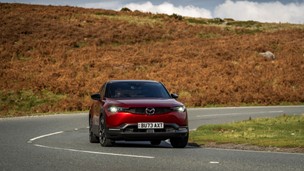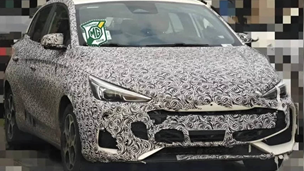With the recent release of the new Alpine Vision concept model, Renault is now closer than ever to unveiling the first production Alpine sports car in more than two decades.
It’s always exciting when deceased car brands come back to life; just look at the hubbub that news of TVR’s resurrection has generated among fans, but the reinvigoration of the Alpine brand represents so much more than just the revival of a now-forgotten badge.
Instead, the upcoming Alpine harks back to a type of car that’s been largely absent from the market, the affordable mid-engined sports car. Sure, you have your Boxsters and your Caymans, but so much of Alpine’s success came from its use of relatively ordinary, everyday components to create a car that was anything but ordinary or everyday.
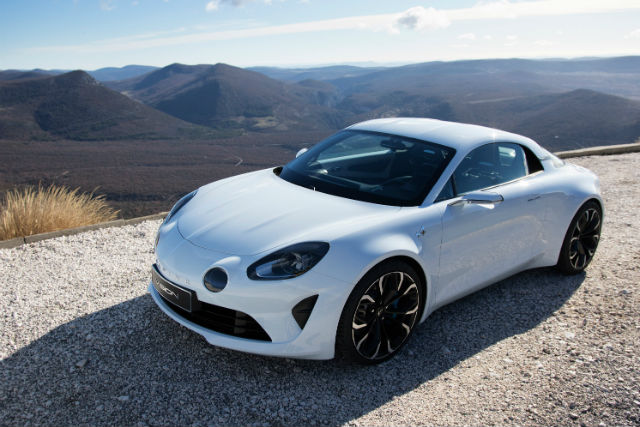
And it’s easy to forget just how successful Alpine was back in its heyday. Arguably like Porsche, Alpine peaked in the mid-60s building road-going cars that lent themselves extremely well to racing, with rear-biased engines, again, much like Porsche, but mounted in the middle of the car.
In fact, it was the classic Alpine A110 that won the first ever World Rally Championship back in 1973, despite the fact that it came only with a 1.6-litre four-cylinder engine that was derived from a standard Renault family hatchback and only produced around 153bhp.
The A110’s trick was that it was incredibly light. Even the road car was titchy at approximately 780kg, half the weight of a modern 911, but in race trim it tipped the scales at a mere 685kg, meaning that it could make the most of its loud and furious, though underpowered, four-pot engine.
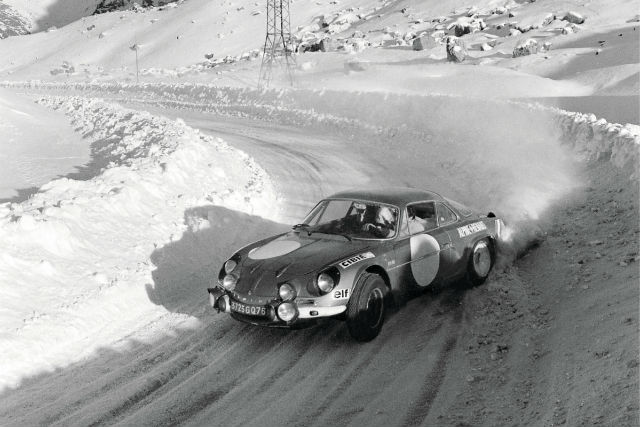
Origins of the Alpine brand
Light weight had always been a part of Alpine’s modus operandi since it started building cars using Renault chassis’ in the 1950s. Founded by Renault dealer Jean Rédélé and with a handful of employees at its small Dieppe factory, Alpine’s ethos was always making the best of what it had.
Until the early 1970s, the marque didn’t have a particularly strong partnership with Renault, and as a result never got large or powerful engines, but made up for it with a low weight/low power designs that maximised the potential of what it was given.
Built with a fibreglass body and extremely light underpinnings, according to Jürgen Clauss, the founder of alpineLAB, a German shop that specializes in Alpine cars, reports claimed that the A110’s body was so thin that a strong wind could dent it. Slightly hyperbolic perhaps, but it was all part of the marque’s strong but since forgotten tradition.
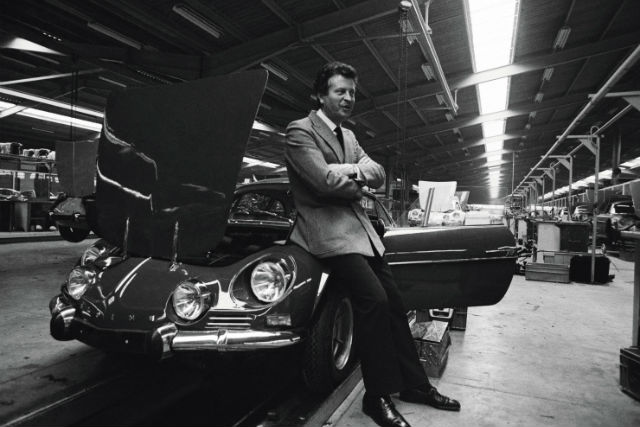
Despite its humble beginnings, Alpine would go on to take its cars to rally events, endurance prototype races, Formula 3 sprint racing and even Formula One, although the Alpine F1 car never actually took part in a race.
The only other manufacturer that even came close was Lotus, which also chose to make its cars out of fibreglass with relatively common parts, and which kept the weight of its cars to an absolute minimum. Indeed, the current Series Three Lotus Elise is arguably the only truly affordable mid-engined sports car on the market at the minute.
As popular as the Boxster and Cayman are, given that prices for the new 718 Boxster are due to start from £41,739, it’s hardly within reach of the mass market. Likewise, it’s hard to argue that anything Porsche manufactures is made with inexpensive everyday components and the same thing applies to Alfa Romeo’s carbon fibre-intensive 4C.
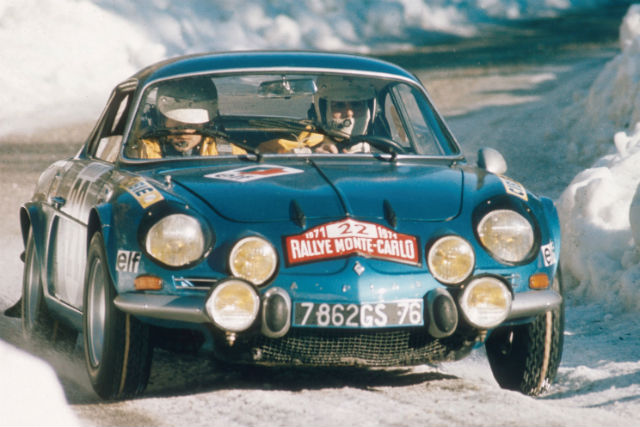
Likewise, mid-engined cars generally don’t come cheap as a rule, based on the fact that a mid-engine layout by default is usually inherently complicated, while cheap sports cars should be simple and easy for the regular driver to use and maintain.
Enter Alpine, which was fully acquired by Renault back in 2014 after the French manufacturer signed a deal with Caterham to develop Alpine-branded sports cars through a joint venture back in 2012. Since taking over, Renault has wasted little time in announcing its desire to breathe new life into the Alpine name, having immediately stated after the takeover that it would bring out a new car by 2016.
Skip forward to the present day and after various teaser sketches and concept models, Alpine is now poised to introduce its first new car, tentatively named the AS1 or A120, later in the year, with an aim to have it on dealership lots by early 2017.
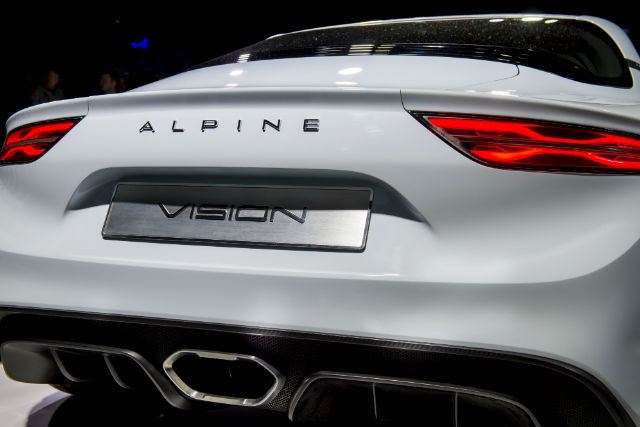
Return of the mid-engined sports car?
Drawing heavy inspiration from the legendary A110, the new Alpine sports car retains its flyweight characteristics and nimble drive, while it’s even powered by a four-cylinder engine like the original, albeit with the benefit of modern turbocharging.
What’s more, the new Alpine even shares the original’s attitude towards making the best of common parts, with the same dual-clutch gearbox used in many current Renaultsport models and underpinnings derived from the Renaultsport Clio.
Quick, nimble sports cars manufactured from everyday parts just don’t tend to happen that often any more. Toyota’s MR2, which was largely constructed of Corolla components, hasn’t been seen in nearly a decade, while the Porsche 914’s parts-sharing experiment with Volkswagen last rolled off the line in 1974.
However, perhaps an increased focus on sharing parts, architectures and underpinnings between manufacturers and between models could mean that the sorts of cars not seen since those days could be on the way back. Could the new Alpine be the trailblazer that sees the return of the affordable mid-engined sports car as a viable format?
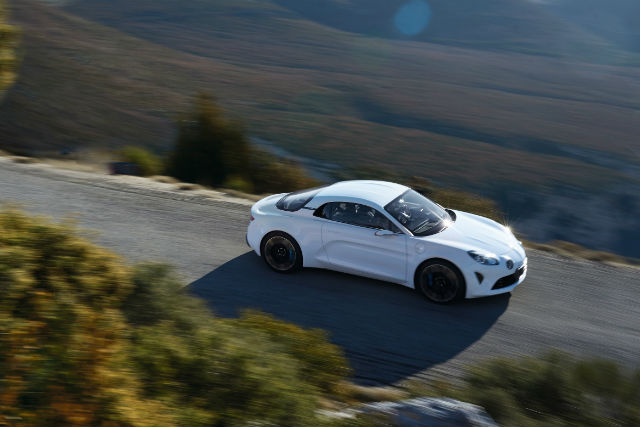
The only thing that remains to be seen is just how affordable Alpine’s first car in years actually is. Suggested price estimates range from anywhere between £23,400, which would significantly undercut the Lotus Elise, to £50,000, which would price it well above the entry-level Boxster.
Even the original Alpine models, thanks to their low production numbers and high cost of labour, meant that they usually commanded a price of approximately £50,000 in today’s money, while its later efforts were much the same.
Still, with the entry-level models in the Renaultsport range kicking off from around £19,000 or so, there’s still reasonable hope that the new Alpine could be priced somewhat similarly. Given the original Alpine A110’s quality and sheer driving prowess, you can colour us excited in any case.


